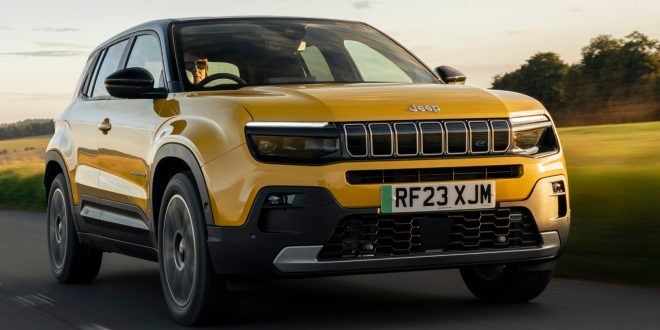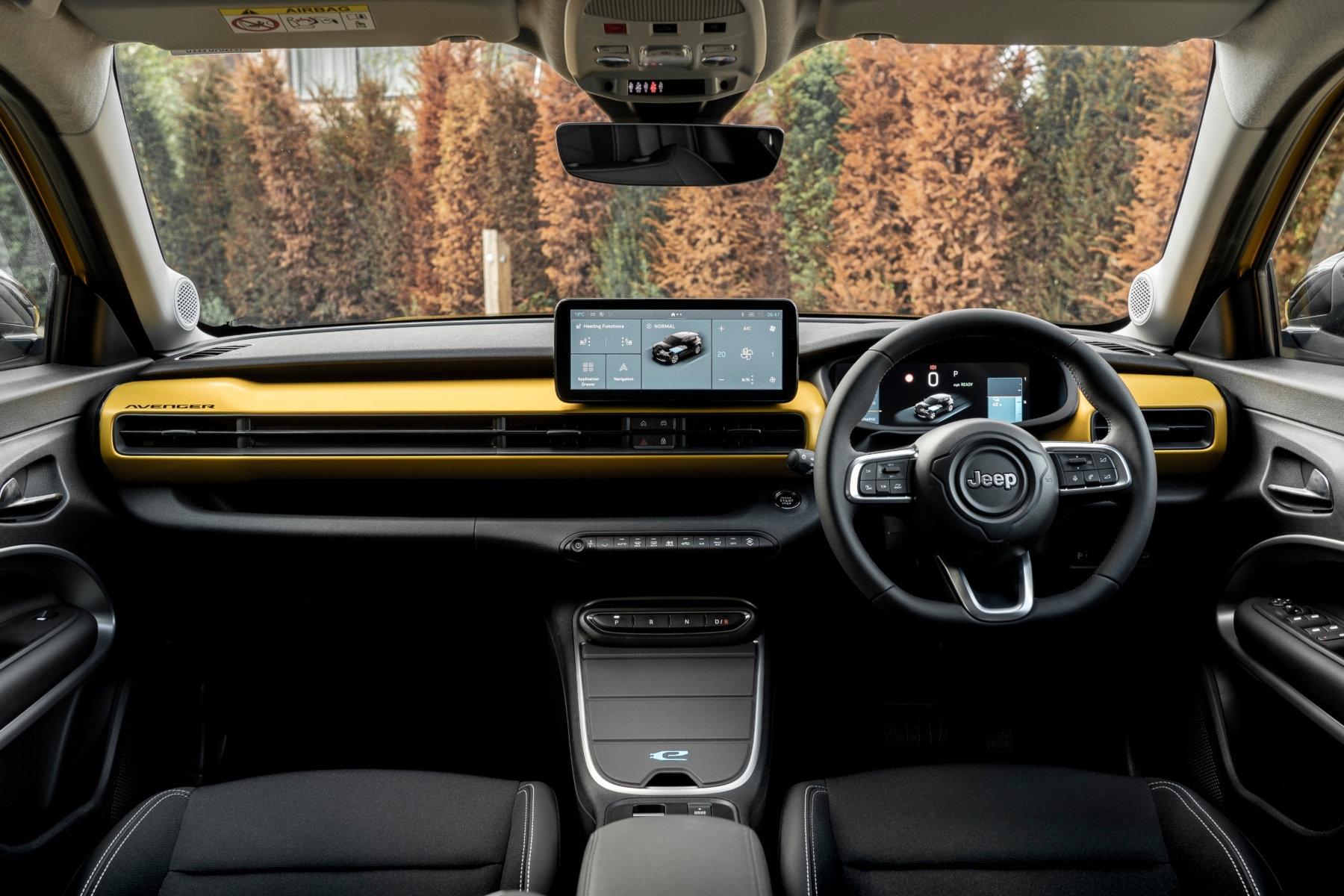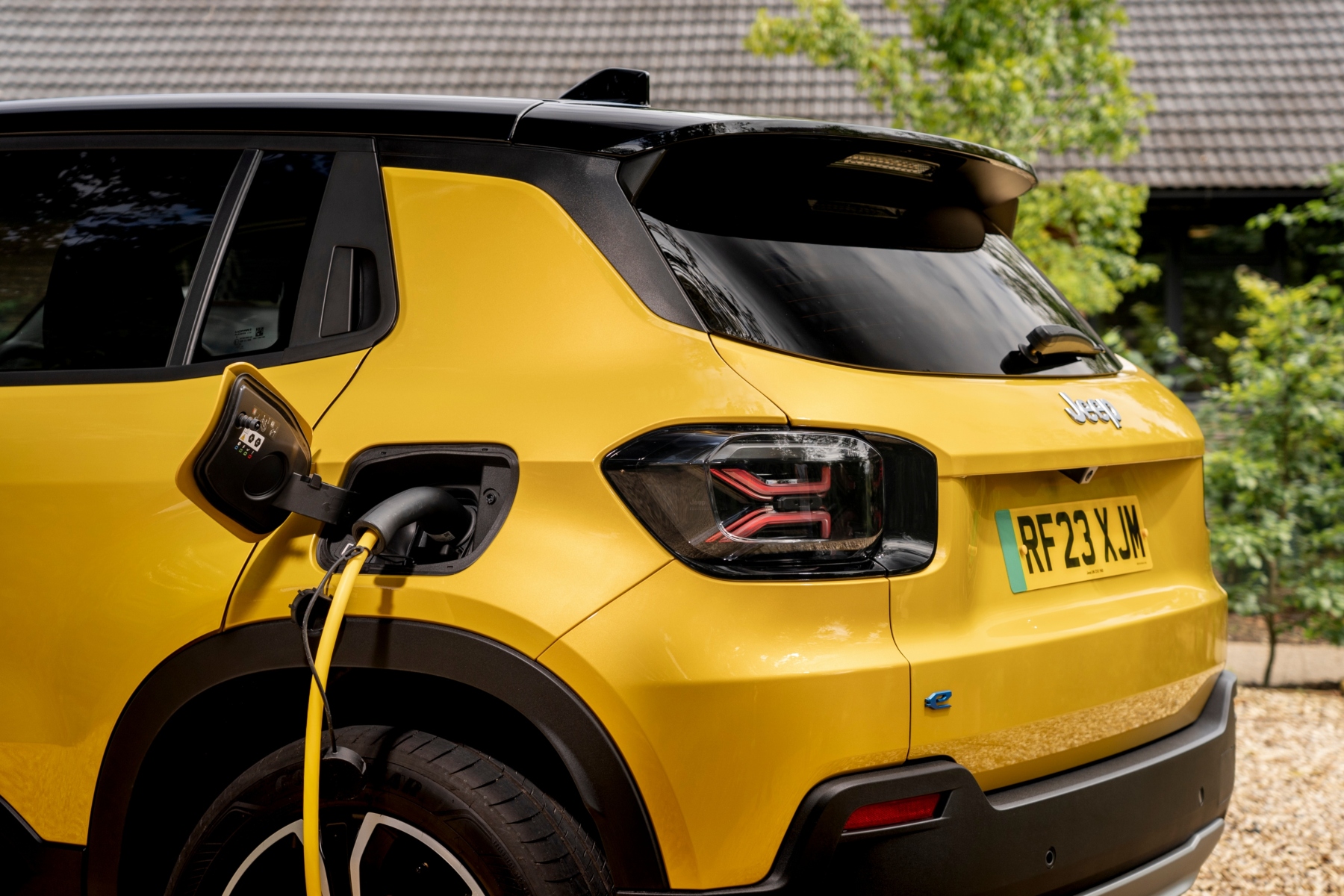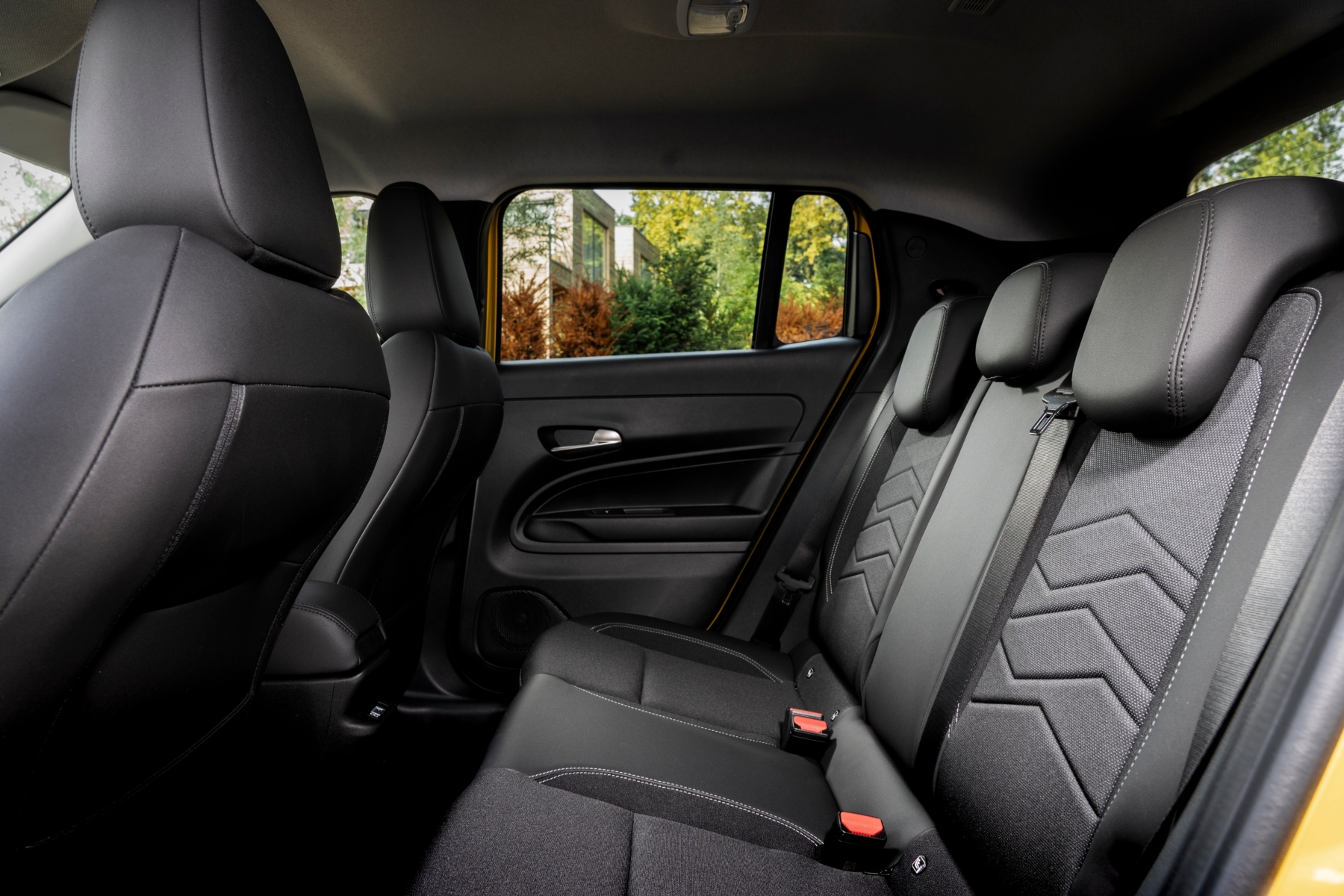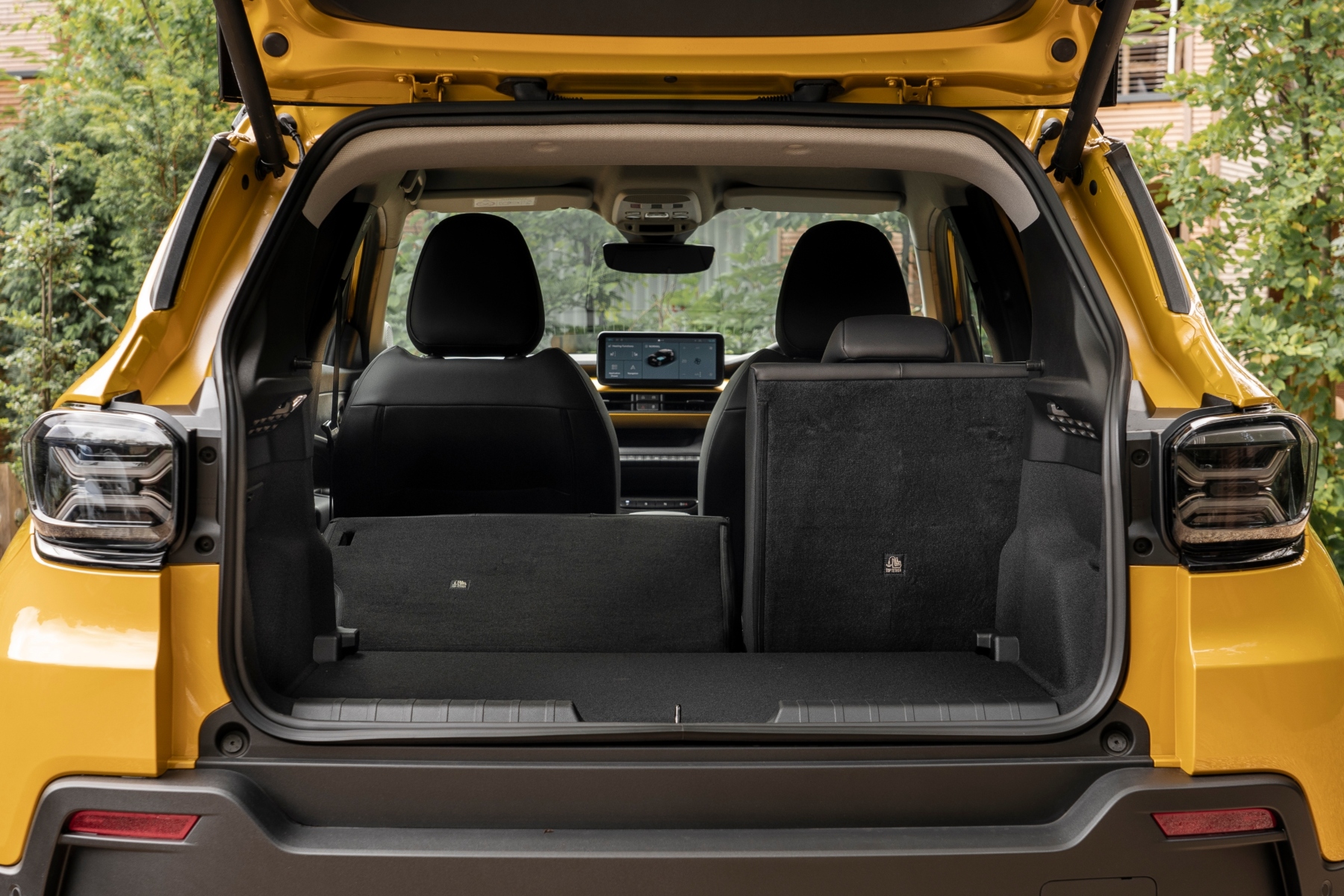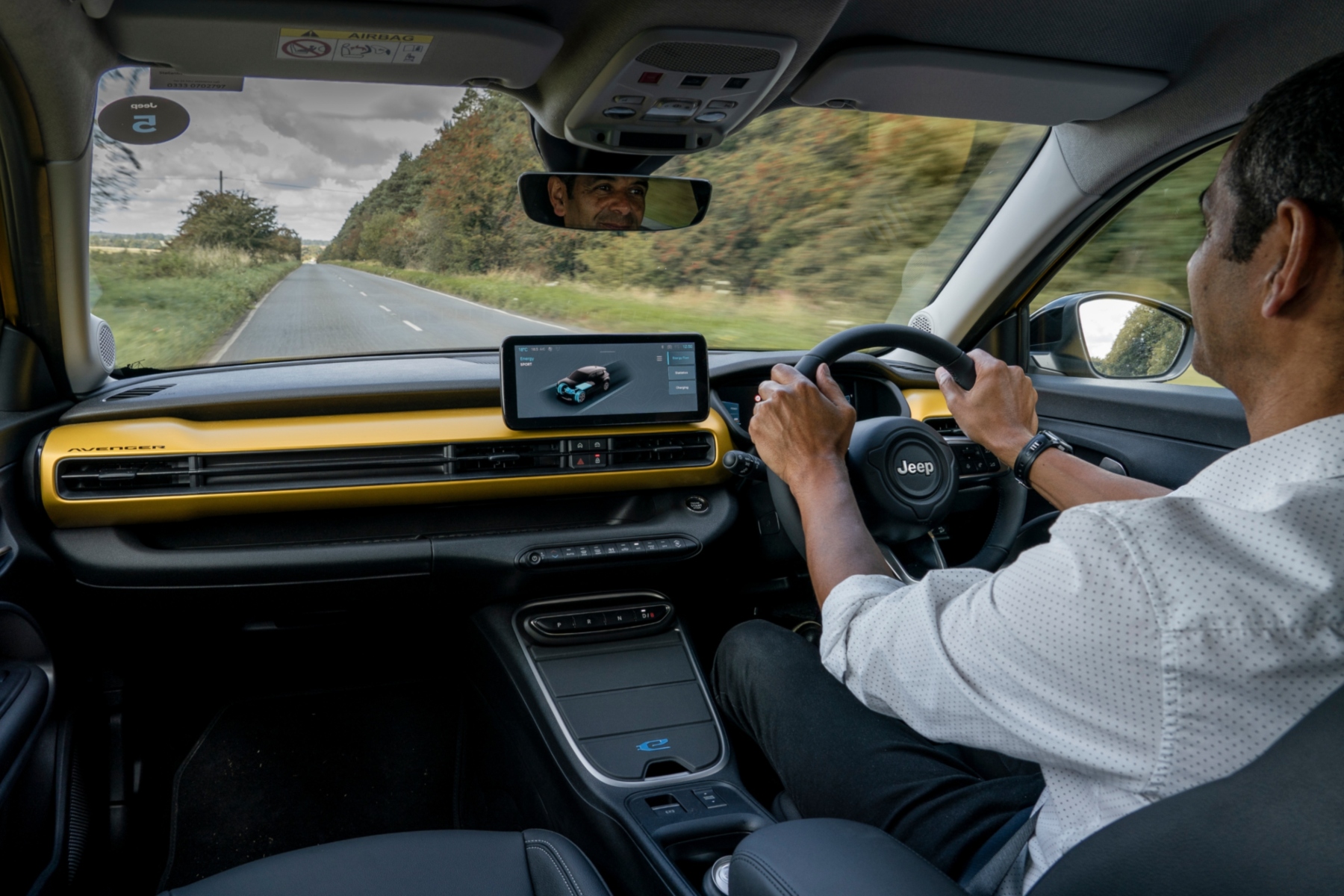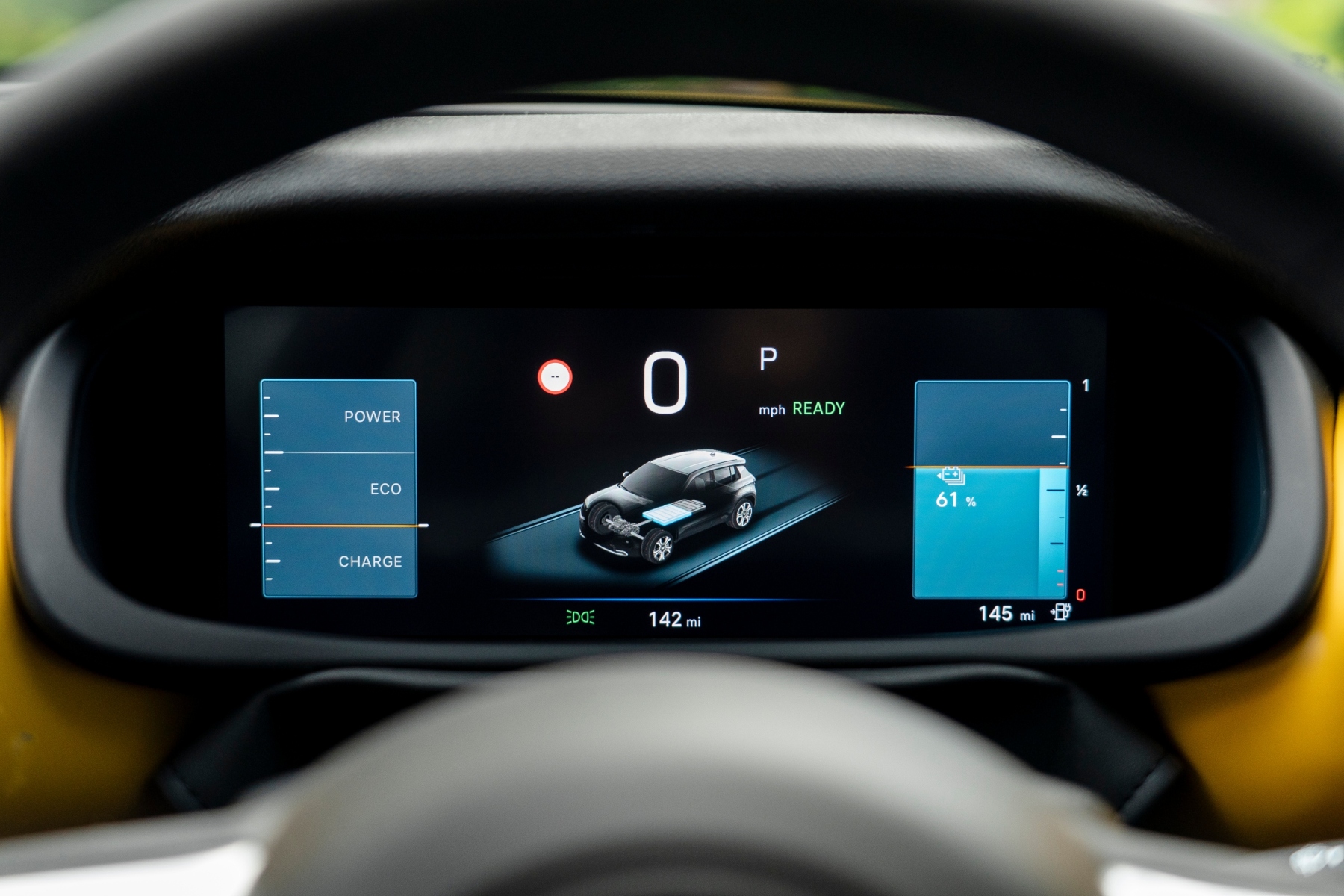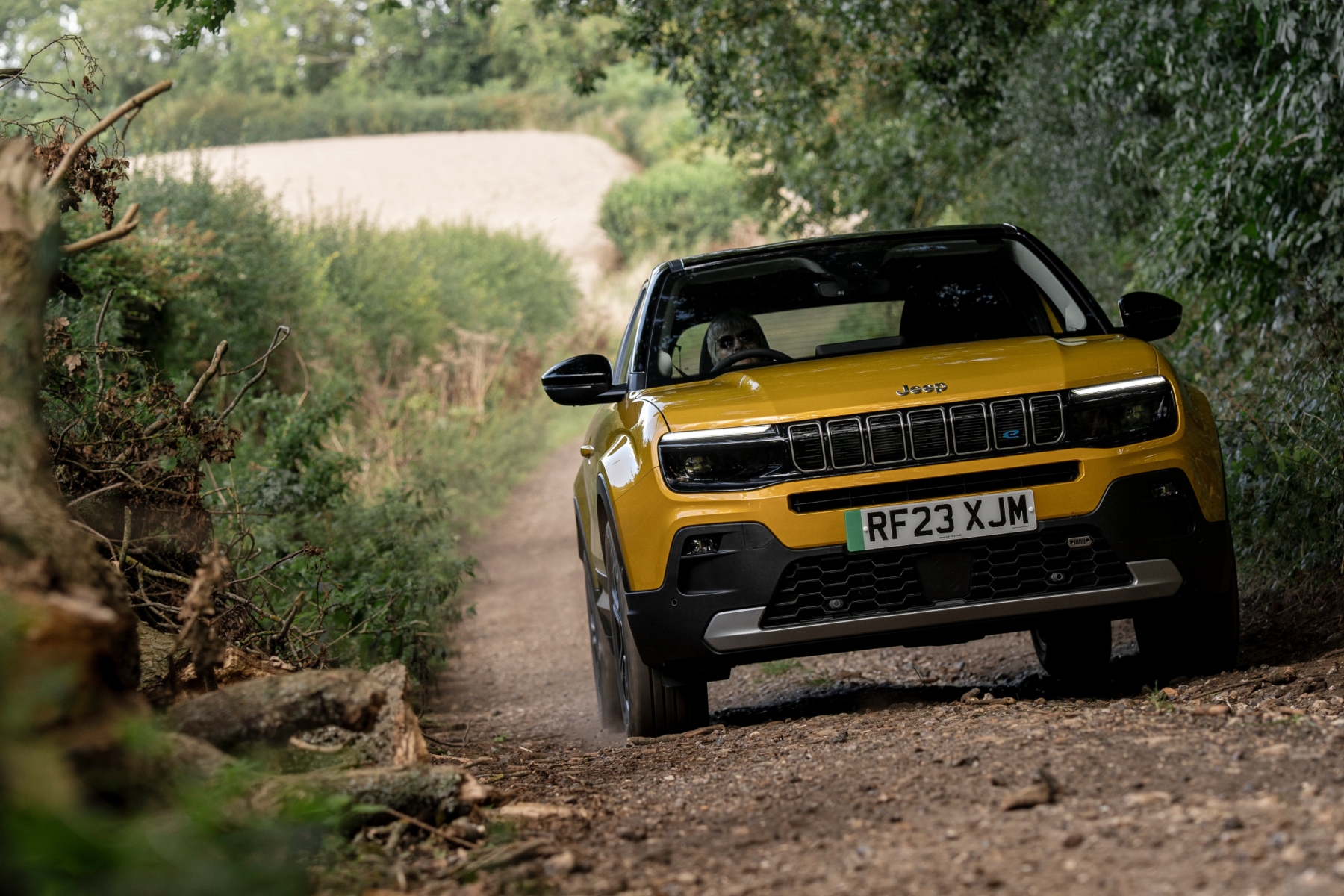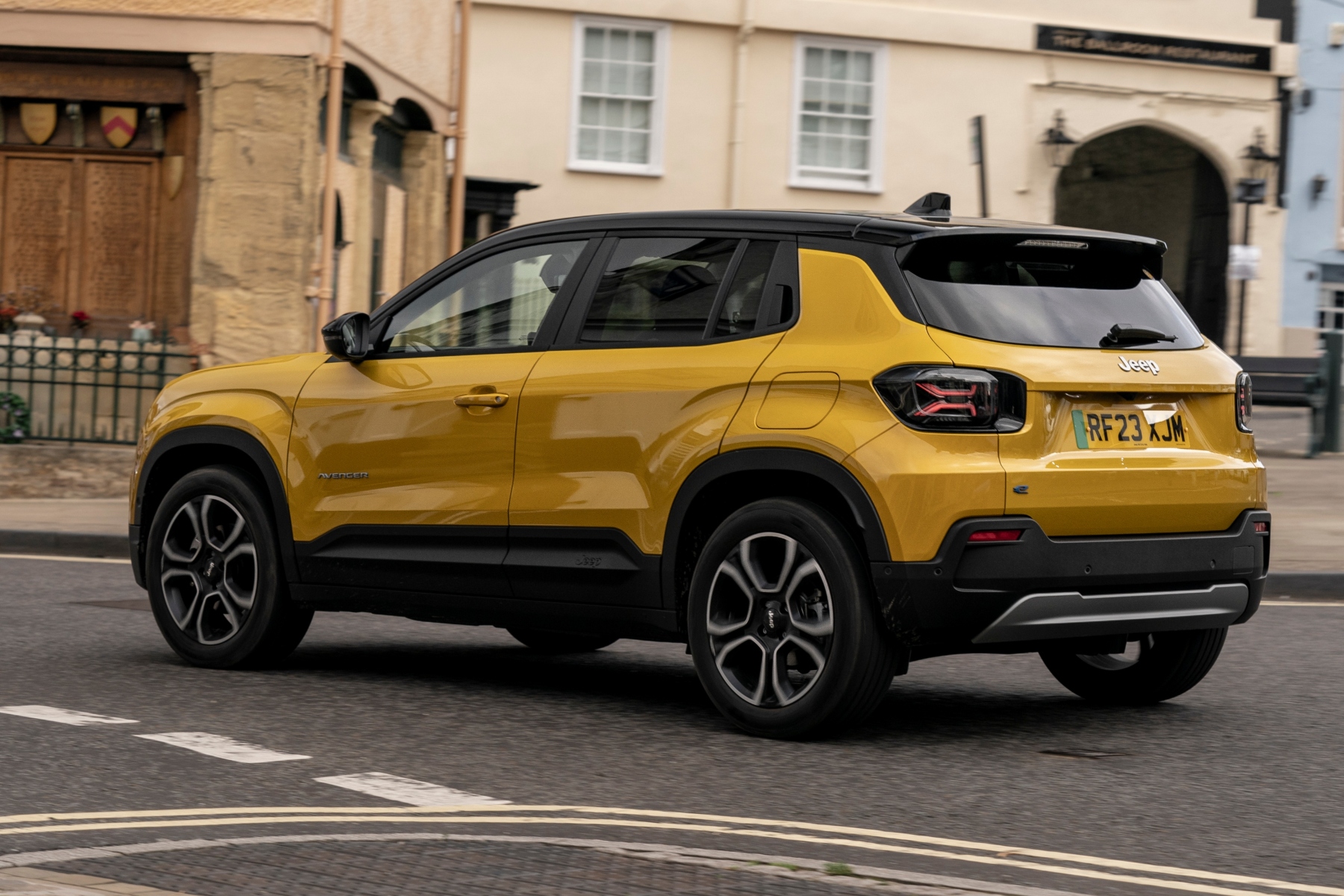We get behind the wheel of the Avenger compact SUV – Jeep’s first battery-powered vehicle
Sharing an EV platform with its Stellantis group cousins – the Peugeot e-2008, Vauxhall Mokka Electric and DS 3 E-Tense – the all-new Jeep Avenger has caused quite a stir.
Not only is it the first Jeep to be created outside of America (designed in Italy, built in Poland), but it also marks the return of the Avenger name, which was once familiar to British buyers.
Older readers might remember that it once ‘graced’ the Hillman Avenger family car (later Chrysler Avenger and Talbot Avenger), which was manufactured in the UK between 1970-81.
So, this all-new, all-electric baby Jeep is a talking point. It’s also an award-winner, because it’s already been crowned European Car of the Year 2023. So, no pressure there then…
Starting at £35,700, it’s pitched right in the midst of a competitive sector. As well as its aforementioned in-house rivals, others include the Hyundai Kona Electric, Kia Niro EV, MG ZS EV and Honda e:Ny1.
There’s no doubt that the chunky and cute Jeep Avenger is one of the best lookers of the bunch with its classic crossover shape.
Sporting short overhangs and extra ground clearance, there’s plenty of Jeep DNA with the signature seven-slot grille, trapezoidal wheel arches, protective cladding and ‘X’ tail-lights.
Initially available as just a single-motor front-wheel drive (a dual-motor 4×4 version is also planned) with 154bhp and 260Nm of torque, its 54kWh battery is good for up to 249 miles of range (342 miles in city driving), while a 0-62mph sprint takes 9.6 seconds.
The Avenger’s 100kW maximum charging speed means a 10-80% top-up should take just under 30 minutes. Naturally, it will also charge fully overnight if you have a home wallbox.
Inside, there’s ample headroom front and rear, but it’s cosy in the back for passengers with longer legs. The Avenger’s 355-litre boot expands to 1,053 litres with the back seats folded, while accessibility is good.
The cabin itself looks pretty tough, but there are too many black plastic and hard surfaces, while the leather seats in our test car weren’t very forgiving.
It’s fairly minimalist up front, though thankfully there are shortcut buttons under the 10.25-inch central touchscreen for necessities such as climate control. There’s also Apple CarPlay and Android Auto functionality, plus a built-in TomTom sat-nav.
The driving position is on the high side, and it would be nice to have the option to sit lower, but you soon adjust.
On the road it feels a bit quicker than the official acceleration figure suggests, thanks to the instant torque. Wind and road noise is well suppressed, even on poorer surfaces, which is a feat in itself, because EVs run so quietly and the slightest sound is noticeable.
Overall, the ride is firm, but it’s nimble and handles well. Body lean is kept in check on more challenging roads, while the steering is nicely weighted. Unfortunately, there’s a lot of pedal travel before the brakes bite, denting your confidence to push on.
You can’t adjust the brake regeneration level via paddles behind the steering wheel either – instead you have to select ‘B’ mode on the gear selector or drive in Eco mode.
Without spending a week or so with the car, it’s hard to estimate the Avenger’s real-world range, but we’d say around 200 miles is possible and this should increase in an urban environment.
And as you’d expect from a cool compact crossover, the Avenger is probably in its element in built-up areas. Easy to drive with a fairly tight turning circle of 10.5 metres, visibility isn’t bad either. And where it’s not perfect, there’s a good selection of cameras and sensors.
What’s more, generous cladding around the car should help to cushion most car park dings, while the headlights and rear light clusters are slightly recessed, so that there’s less chance of damage there too.
In all, there are six driving modes: Eco, Normal, Sport, Sand, Mud and Snow. As ever, Normal is just fine, while Eco and Sport dull and boost throttle response respectively.
We tried some gentle off-roading and traction is improved slightly with Sand and Mud modes selected, which means it could be a next best after 4x4s in the snow.
However, the forthcoming four-wheel drive model will be the one to go for if you have to tackle muddy fields and more extreme conditions on a regular basis.
With hill descent control, short overhangs and raised ride height, plus 20 degrees of approach angle and 32 degrees of departure angle, it certainly has off-road potential.
Finally, there are three well equipped trim levels (Longitude, Altitude and Summit) and there’s plenty of scope for personalisation thanks to various decals, body paints, contrasting ‘floating’ roof colours and accessories.
Verdict: We really rate the Jeep Avenger – an impressive debut EV from the iconic American brand. Compact, cool and competitively-priced, it has a useful range, good charging speed and is more rugged than most of its rivals.
